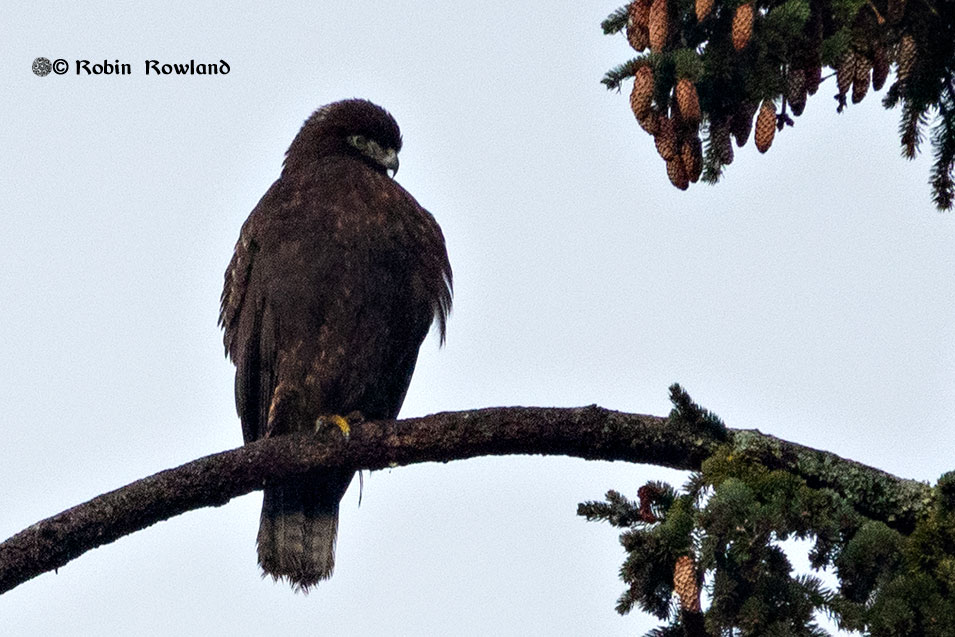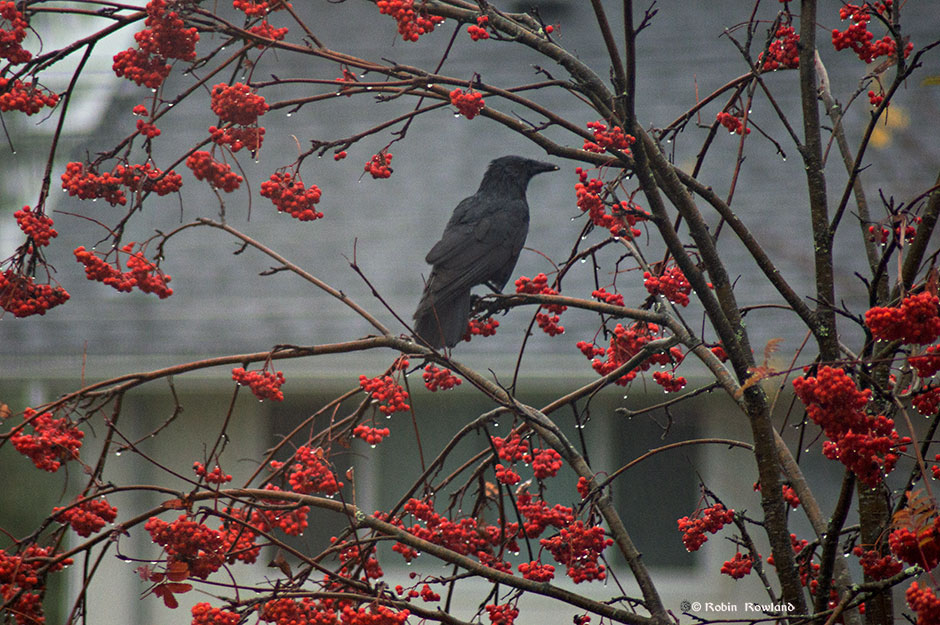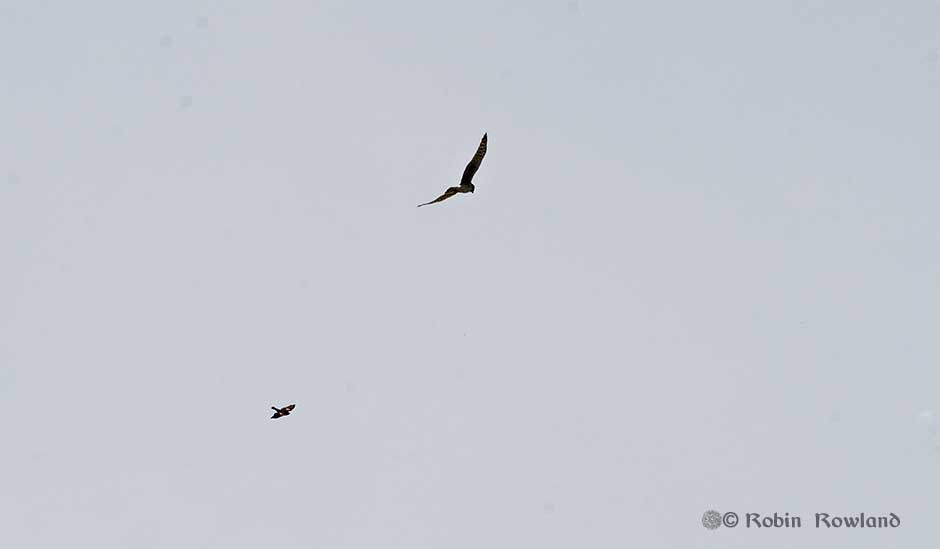Kitimat Christmas Bird Count 2019
For the Christmas Bird Count in Kitimat, there’s usually a lot of ground to cover in a very short period of time–that’s because here in the northwest daylight hours are limited as we get closer to the Winter Solstice. So we started before dawn, which is OK for those who are counting but not so […]





